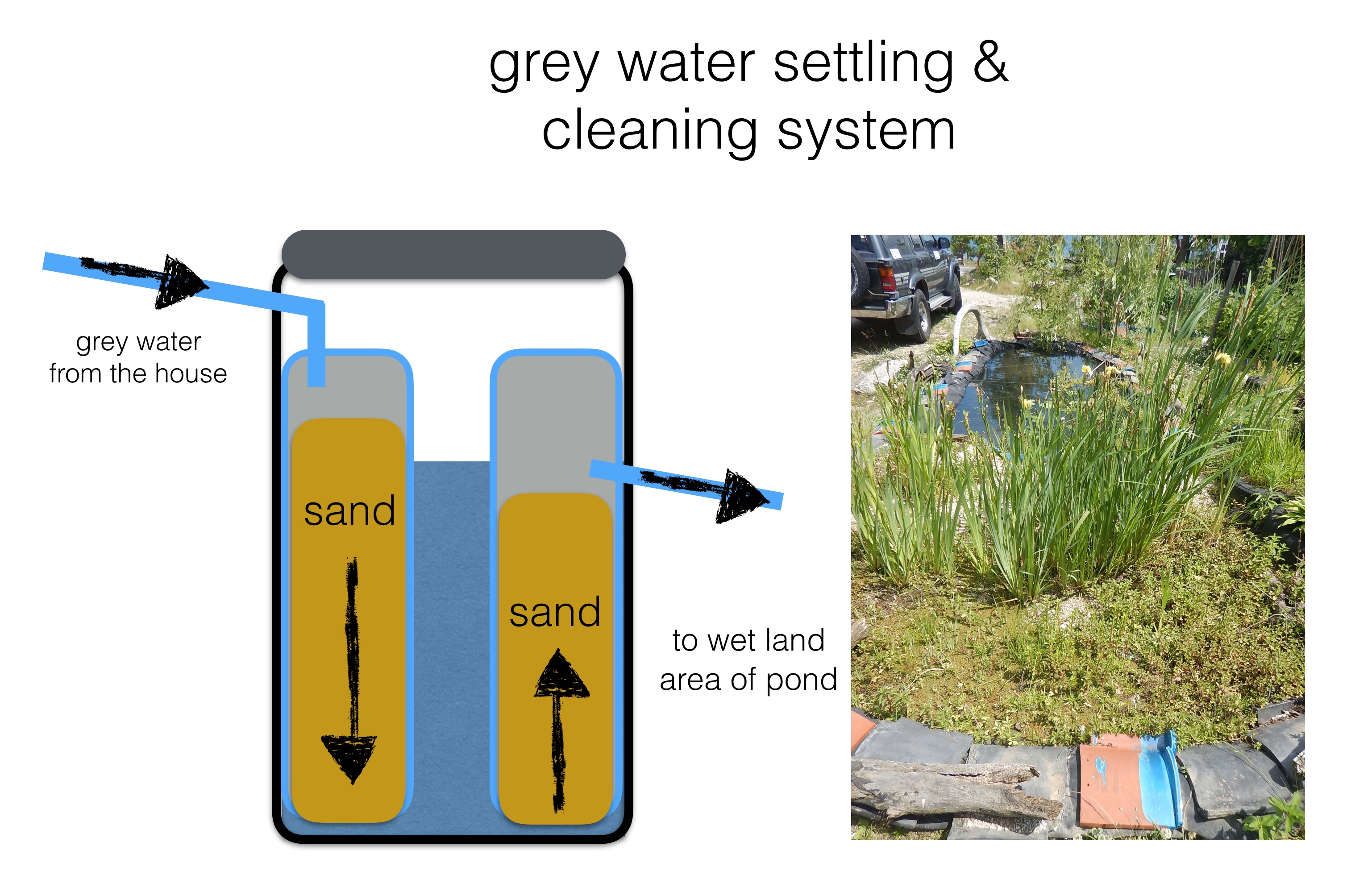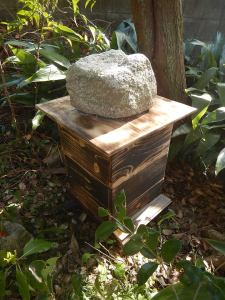The use of black plastic sheeting and mats both in cities and in the countryside has become ubiquitous in Japan. The thin sheeting used on growing beds is generally only used for a year before being replaced. As a result, there are huge amounts every year of what is essentially single use plastic waste.
As only a few gardens still do, it was traditional to grow early spring grass that is cut and used as a thick mulch, which helps maintain soil moisture in the summer, and suppresses weed growth. A sustainable alternative are grass cuttings, collected leaves and weeds, cuttings from trees.
This year I used a similar method to clear my paths and driveway of weeds. I found that leaving piles of weeded material and leaves for two weeks before moving them to a new patch of path or driveway was enough to kill off any stubborn weeds. This effective method therefore negates any excuse to use herbicides or plastic matting to keep areas clear of weeds.
Below are a few before and after photos of some areas cleared using this method. You will notice that I also used some old ‘sudare’ bamboo blinds, which also effectively choke off weed growth.
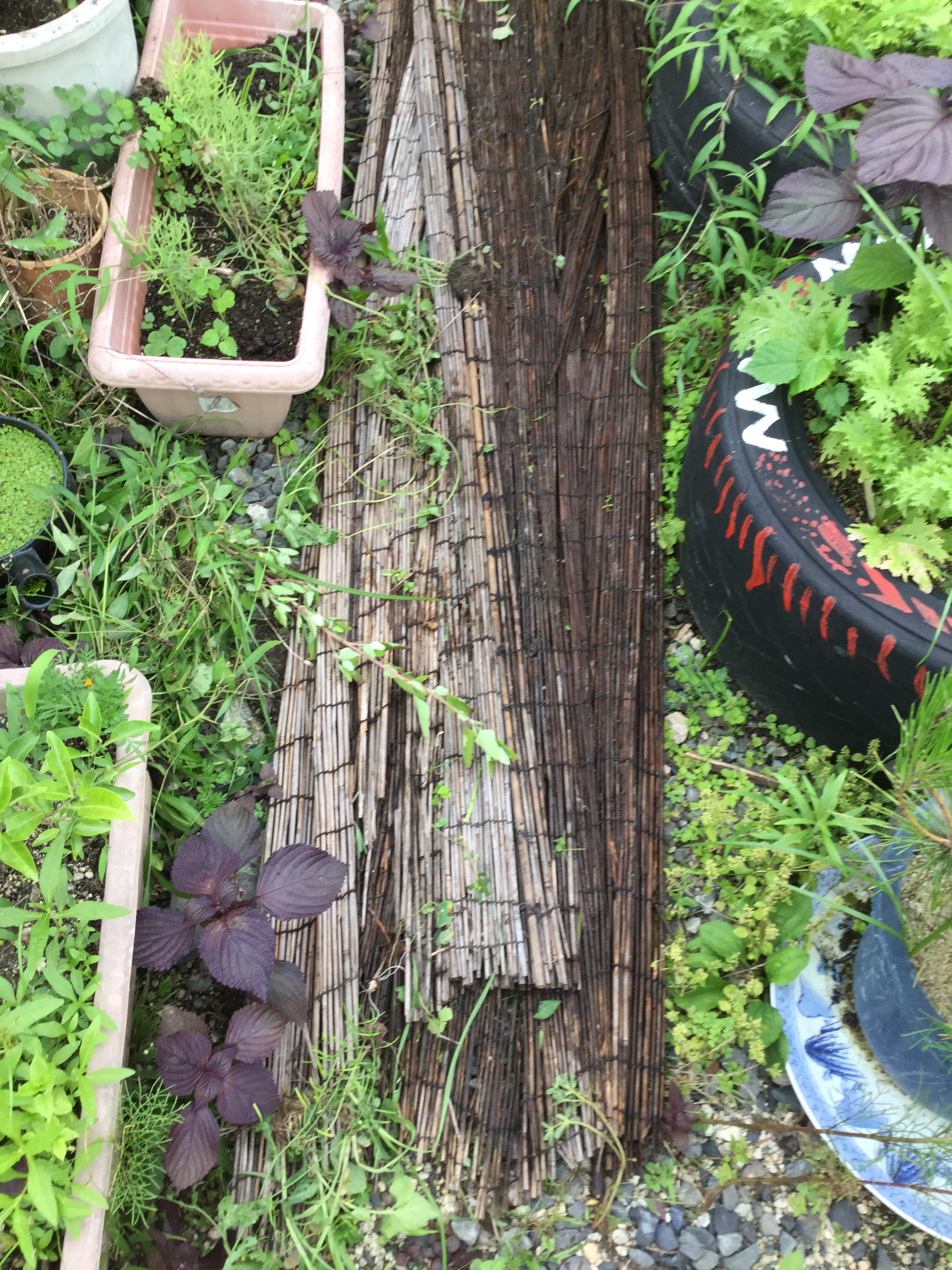

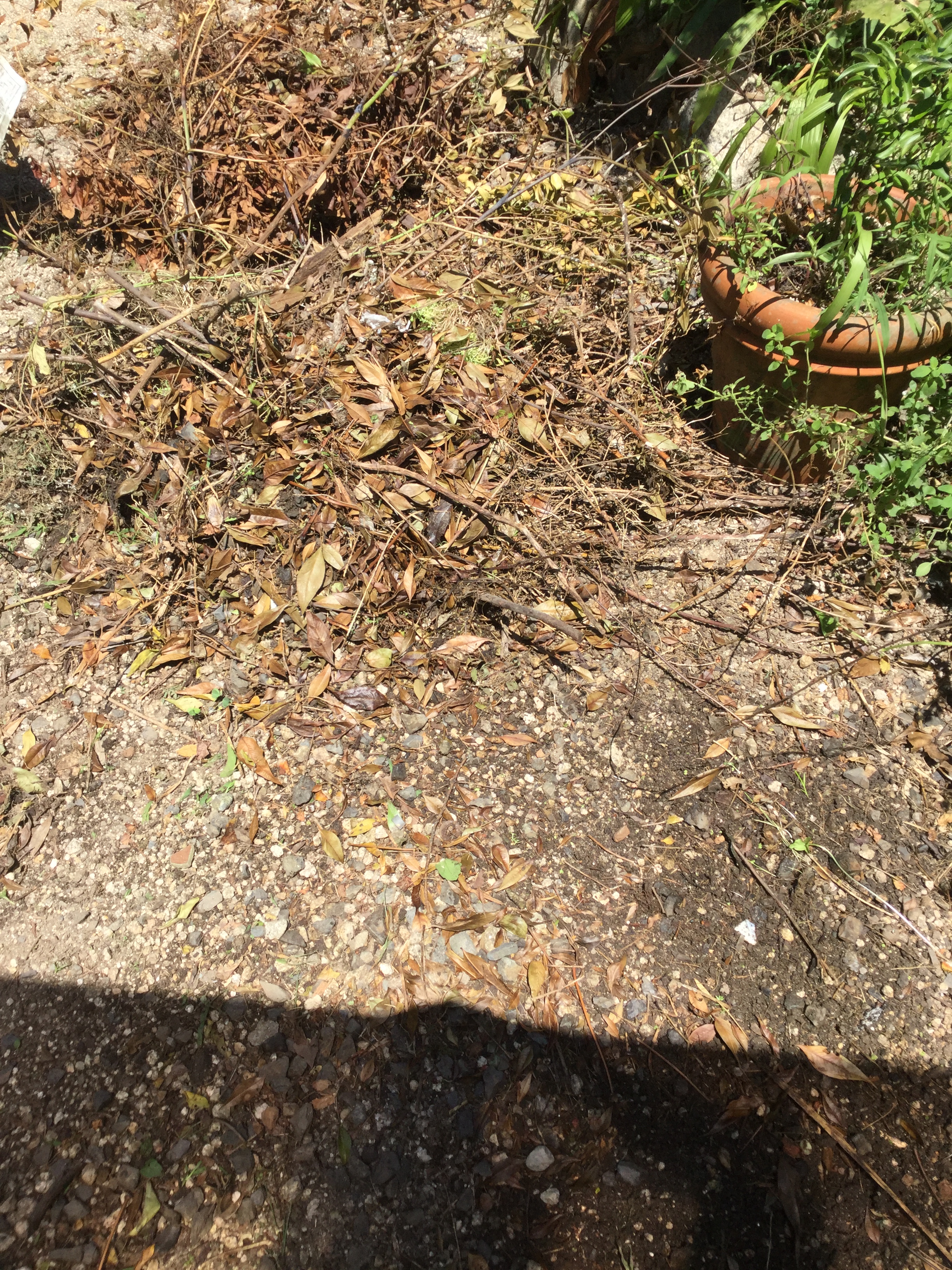
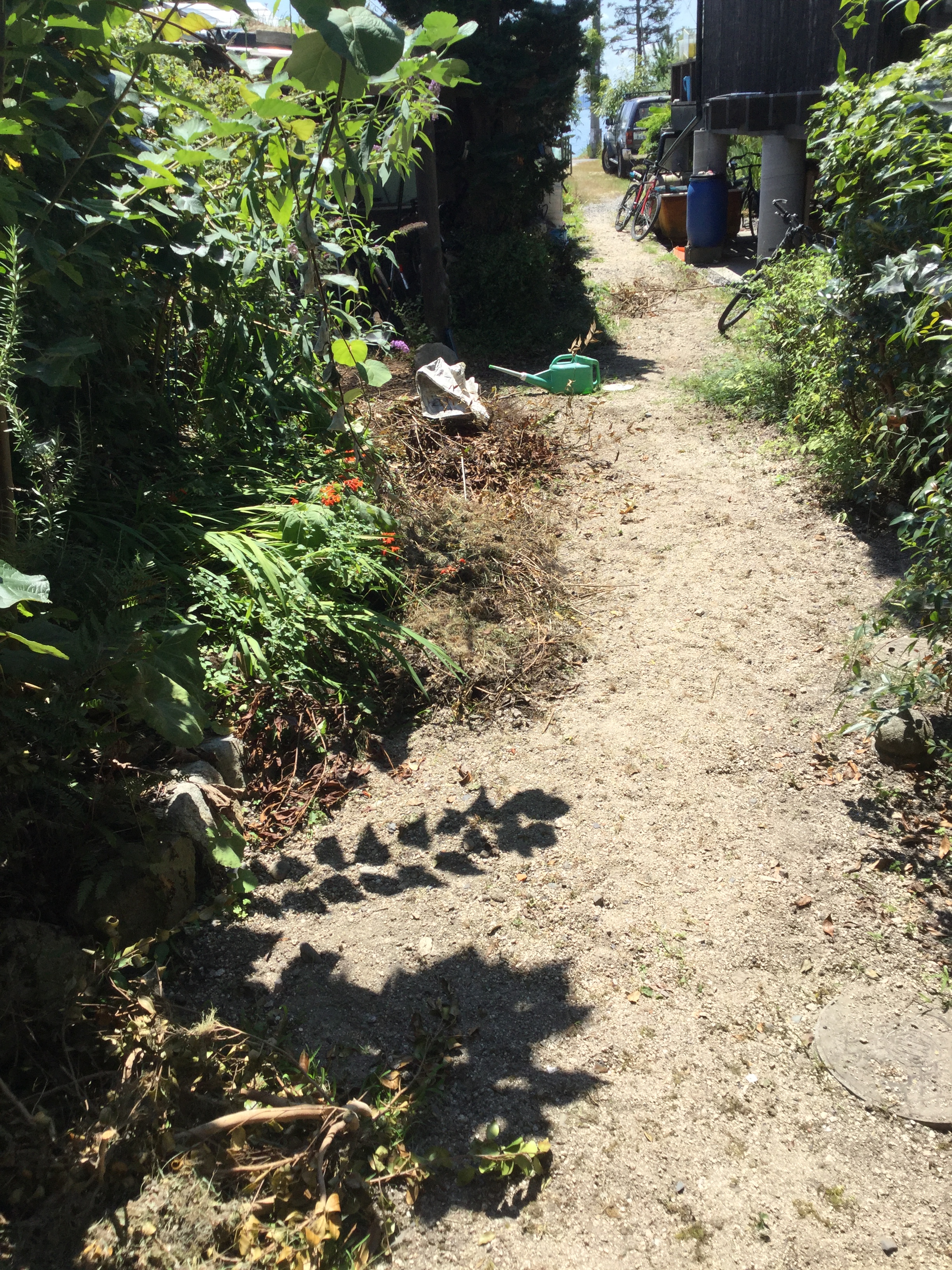
An even more harmful trend is the use of thicker mats, carpets or sheeting to cover large areas of vegetated ground, in the misguided belief that they will keep weeds at bay. In reality, after as little as a year, they are engulfed by the weeds which make their way through, or over them. What this creates are expanding areas of ground covered in tonnes of a slowly disintegrating layer of plastic or tar material, with the seasonal vegetation on top.
As an alternative to this practice, responsible management of grass verges and areas of vegetation could involve tree planting. As the trees grow they will create a canopy of shade over the area, significantly reducing weed growth and making the area easier to manage. I have been able to do this to some areas around our neighbourhood and the results are very positive. The trees I have used the most are wild arcashia (Silk tree), but also local pine and oak.
Added benefits for the local area of having more trees include a cooler more attractive environment which ultimately attracts and supports more pollinators and birdlife.
On the same topic of responsible management of grass verges, Japan would benefit greatly from the UK’s No Mow May campaign #nomowmay. This aims to help raise awareness of the benefits of not cutting grass in the spring. This allows wild flowers to grow which in turn, helps to support biodiversity.
In addition, this would greatly help the dwindling populations of fire flies, which rely on long grass for their brief emergence and mating cycle during early June.

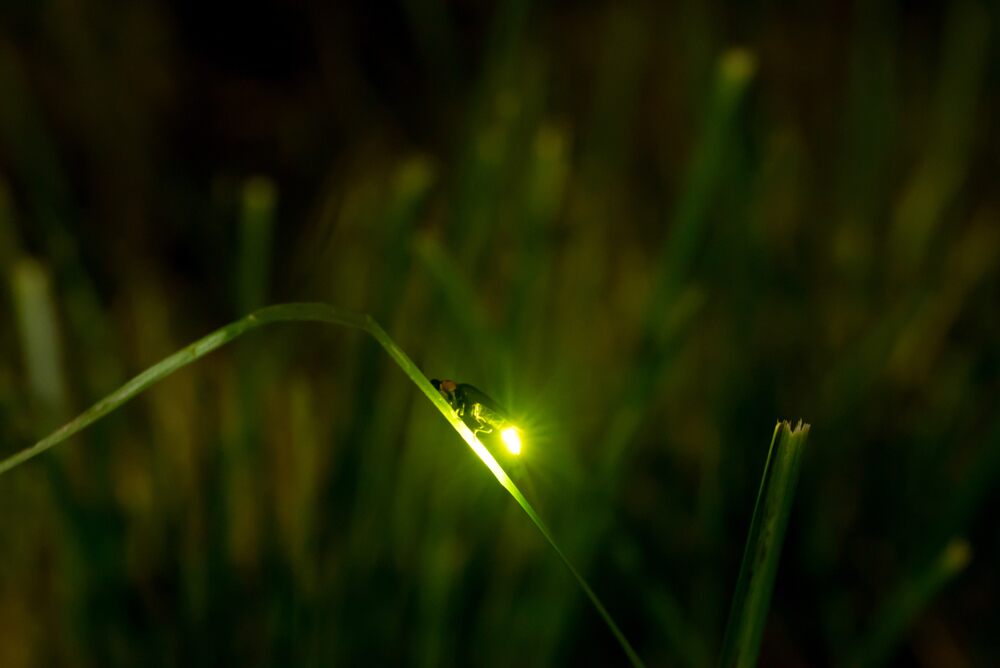

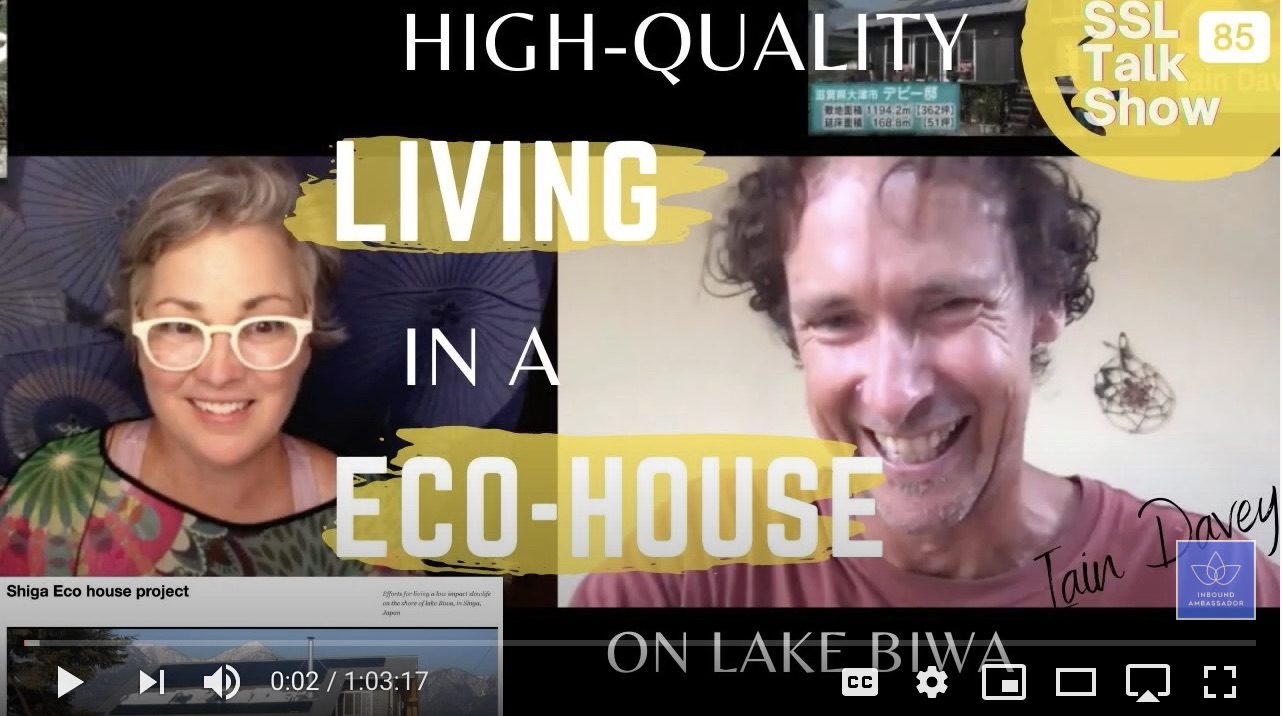
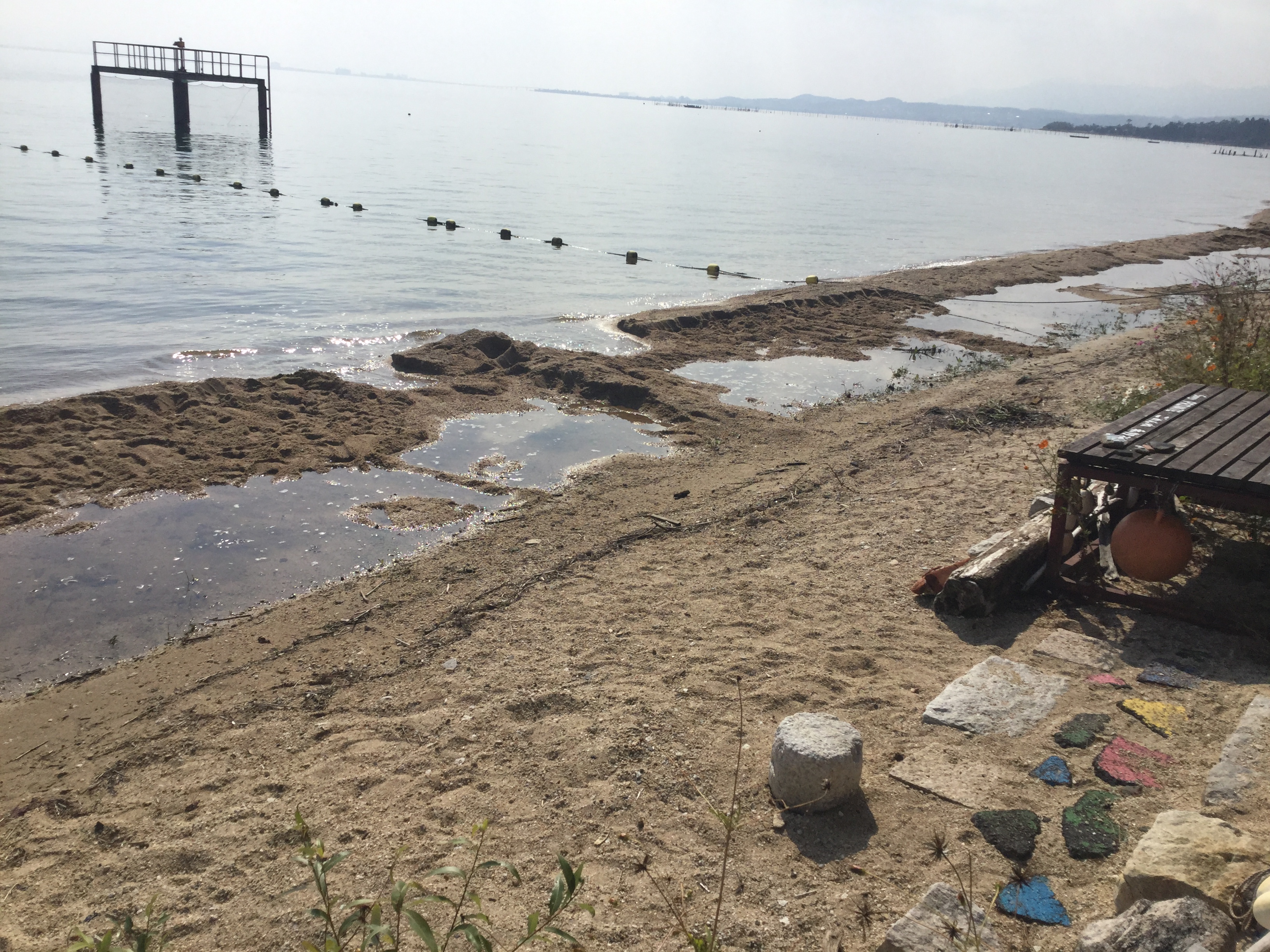

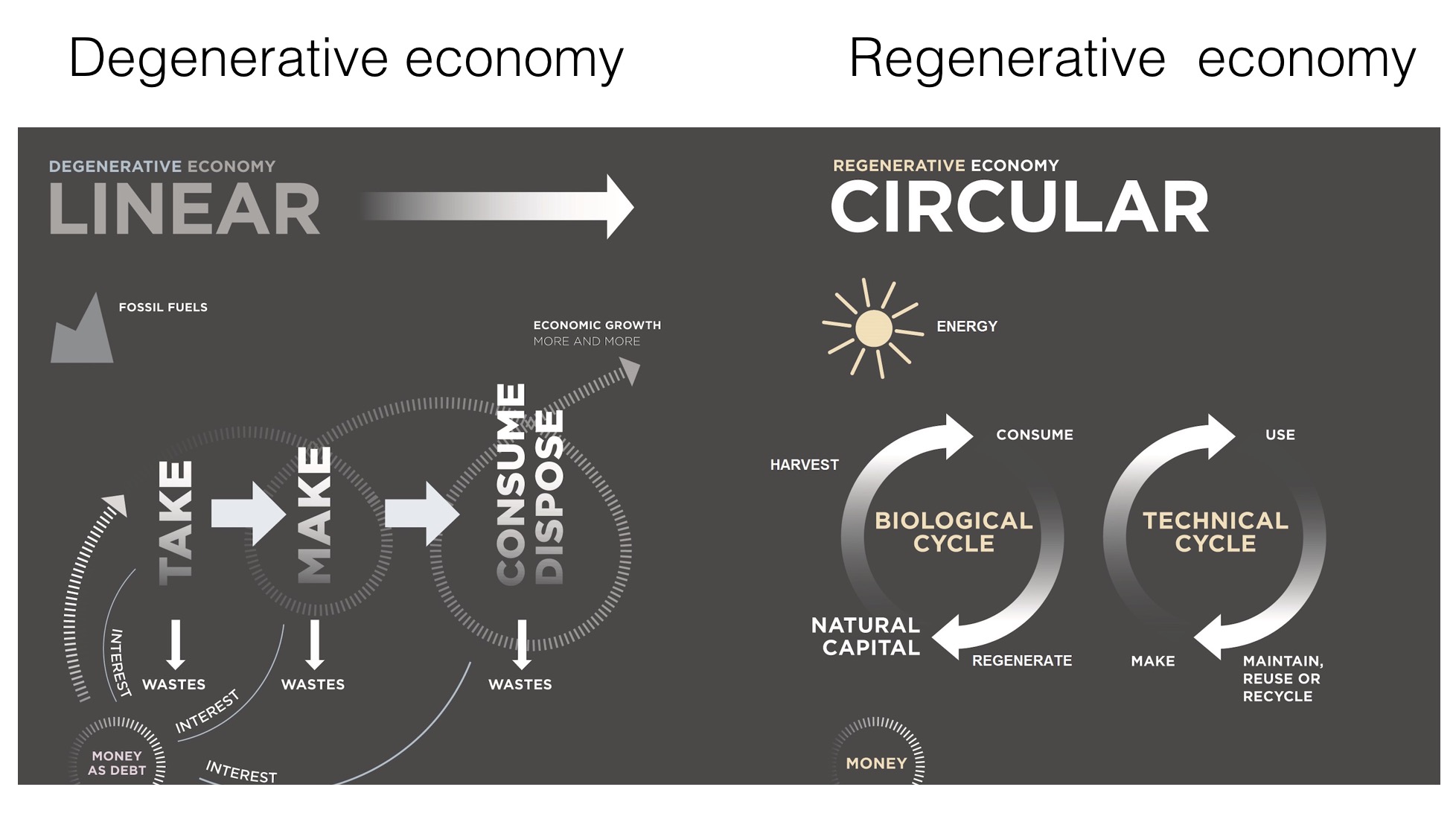




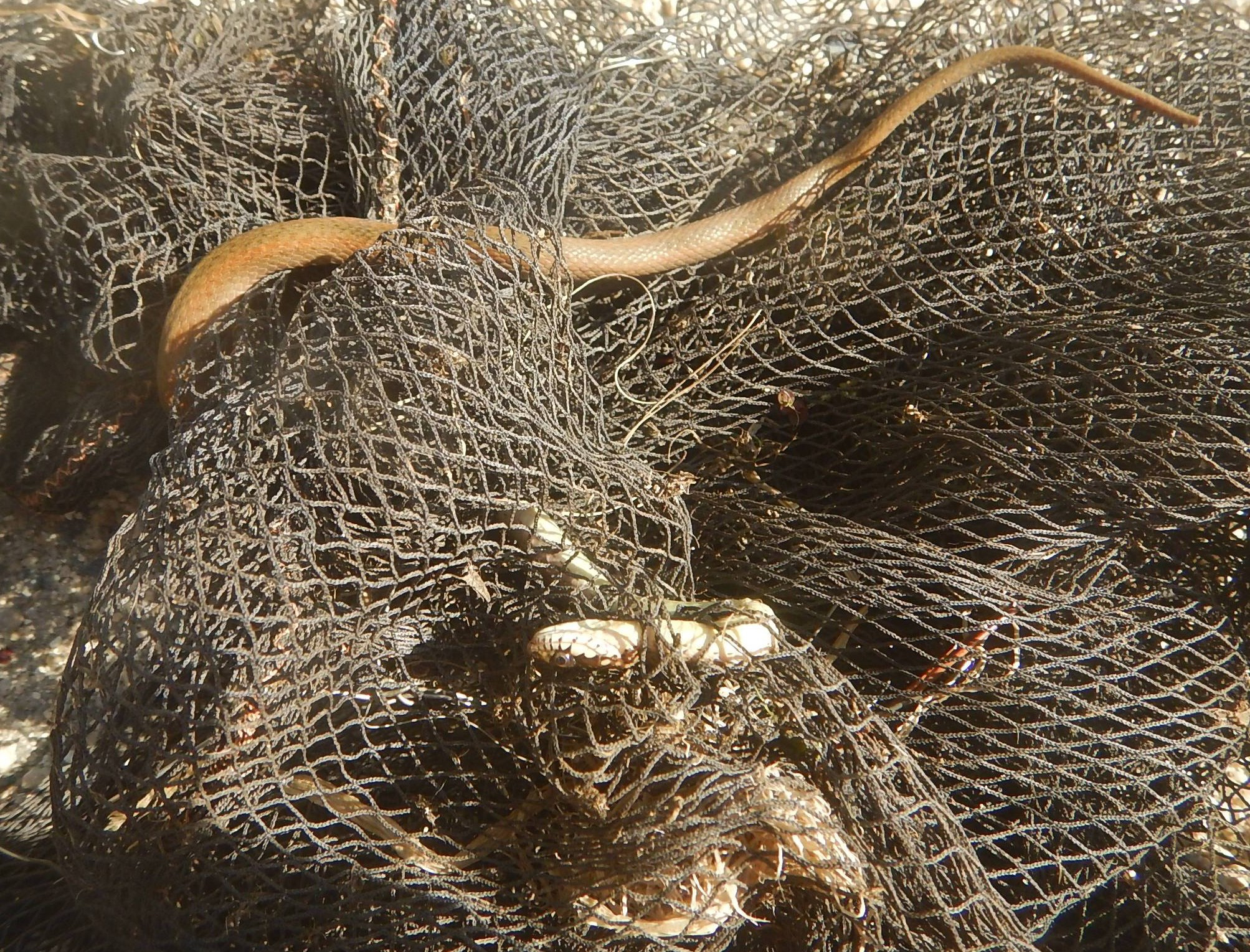



 Last year we failed to catch a wild colony of bees, so this year we decided that in addition to trying to catch some again, we would order a nuc (nucleus colony).
Last year we failed to catch a wild colony of bees, so this year we decided that in addition to trying to catch some again, we would order a nuc (nucleus colony).

